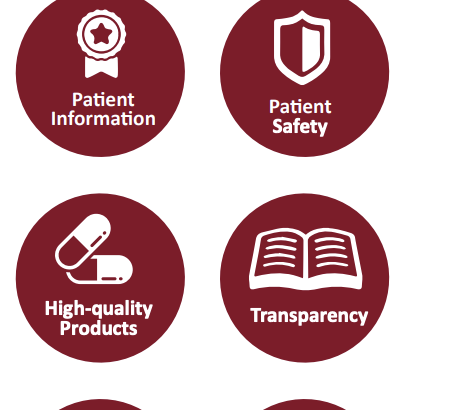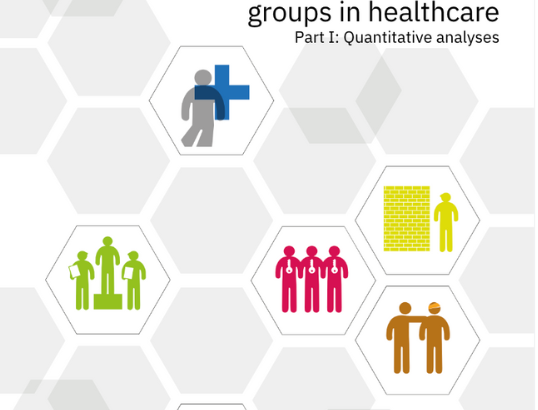
What we do
We work with one of the most important forces in healthcare: the Patient Movement.
■ Two decades of experience
■ Independent research
■ Database of 40,000 patient groups worldwide
■ Working in 23 languages
■ Analyses based on geographic regions and therapy areas
■ Feedback from 2400+ patient groups in 2024; a record number
■ An extensive evidence base of patient-group views
■ Identifying strategic actions for individual companies
■ This year, PatientView received a record 2,500+ survey responses from patient groups across the world.
The views of patients and patient groups are becoming more central to every action that pharmaceutical companies take—from selecting which treatments address patients’ unmet needs, to co-creating user-friendly patient information.
Patients and patient groups accordingly need a platform to share their opinions on the pharmaceutical industry, and to offer up their ideas about how individual pharmaceutical companies can improve.
Featured report
What Companies Say
Alongside PatientView's 2023/24 annual survey, pharma provided their own perspectives on patient-group relationships — based on their own experiences, and with their own case studies — as part of this new report.
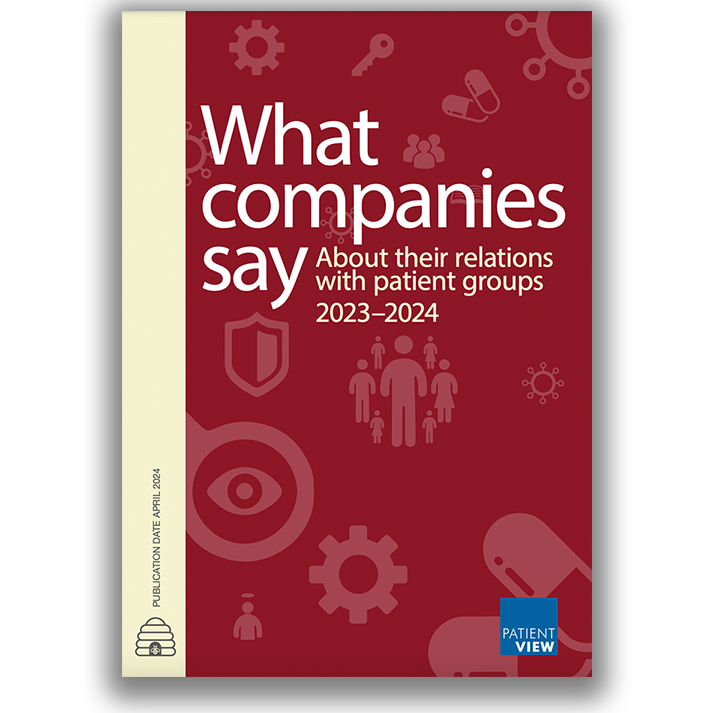
Latest Blogs
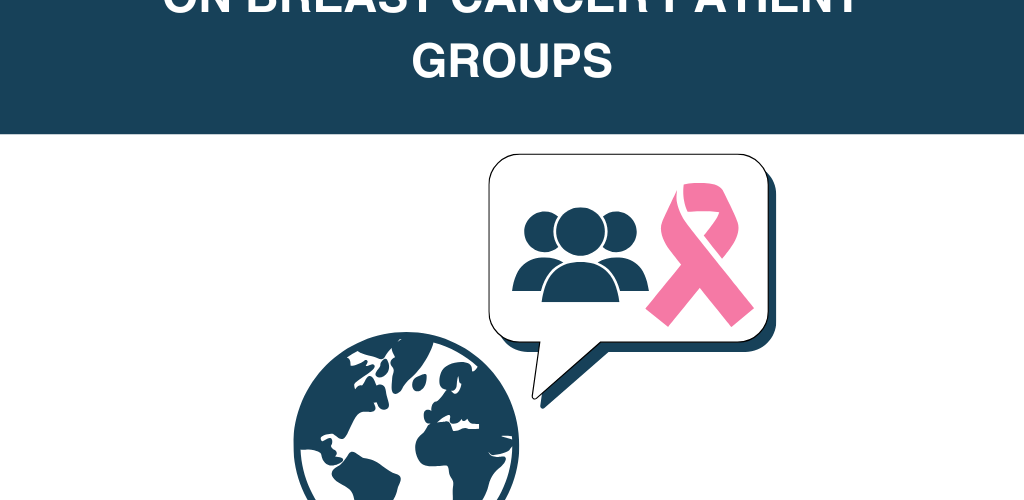
Patients in Action—a focus on breast cancer patient groups
March 2025: PatientView’s ‘Patients in Action’ survey which ran from June to August 2024 attracted responses from 1,144 patient groups (drawn from 83 countries, and from 65 broad specialties). 39… Continue reading “Patients in Action—a focus on breast cancer patient groups”
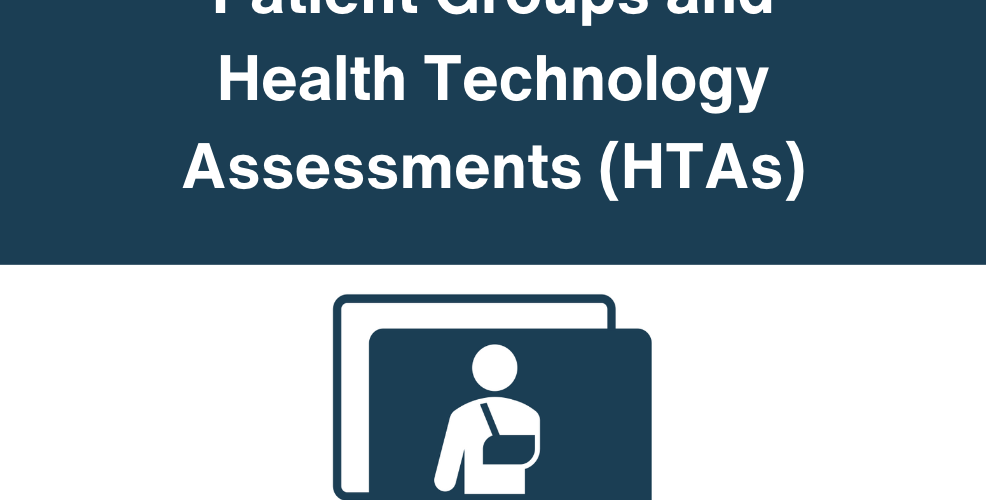
Patient Groups and Health Technology Assessments (HTAs)
January 2025: Health Technology Assessments (HTAs) systematically evaluate the properties, impacts, and effects of treatments or medical devices to guide decisions on their adoption, use, or reimbursement. They address medical,… Continue reading “Patient Groups and Health Technology Assessments (HTAs)”
